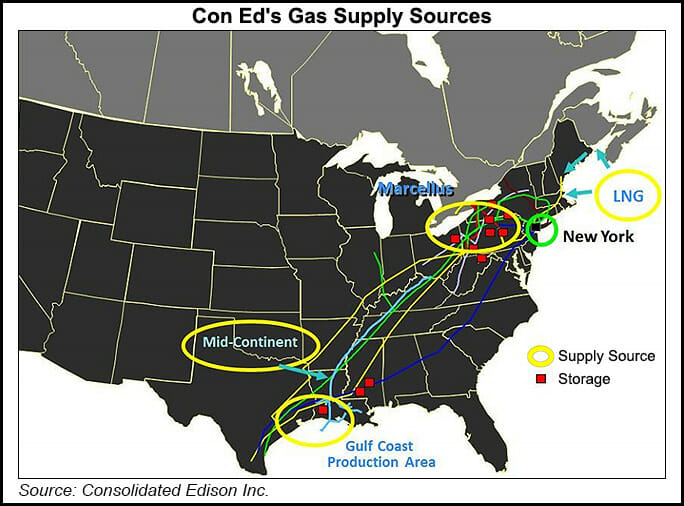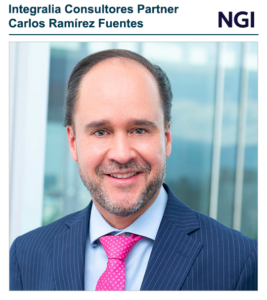With New York City aiming by 2040 to achieve net-zero electricity emissions, along with using 100% renewables and a ban on fossil fuel use in all new buildings, the Big Apple’s largest utility, Consolidated Edison Inc. (ConEd), has begun to make big adjustments, CEO Timothy Cawley said Tuesday.
Our Energy Policy, an energy issues nonprofit, hosted Cawley and New York League of Conservation Leaders President Julie Tighe to discuss how the utility plans to help the city achieve its net-zero goals.
“There are incredibly ambitious goals in New York State,” said Cawley. As the second-largest solar producer in North America, he said ConEd is “uniquely positioned to help with the transition to this clean energy future.”
ConEd distributes natural gas through 8,000 miles...



